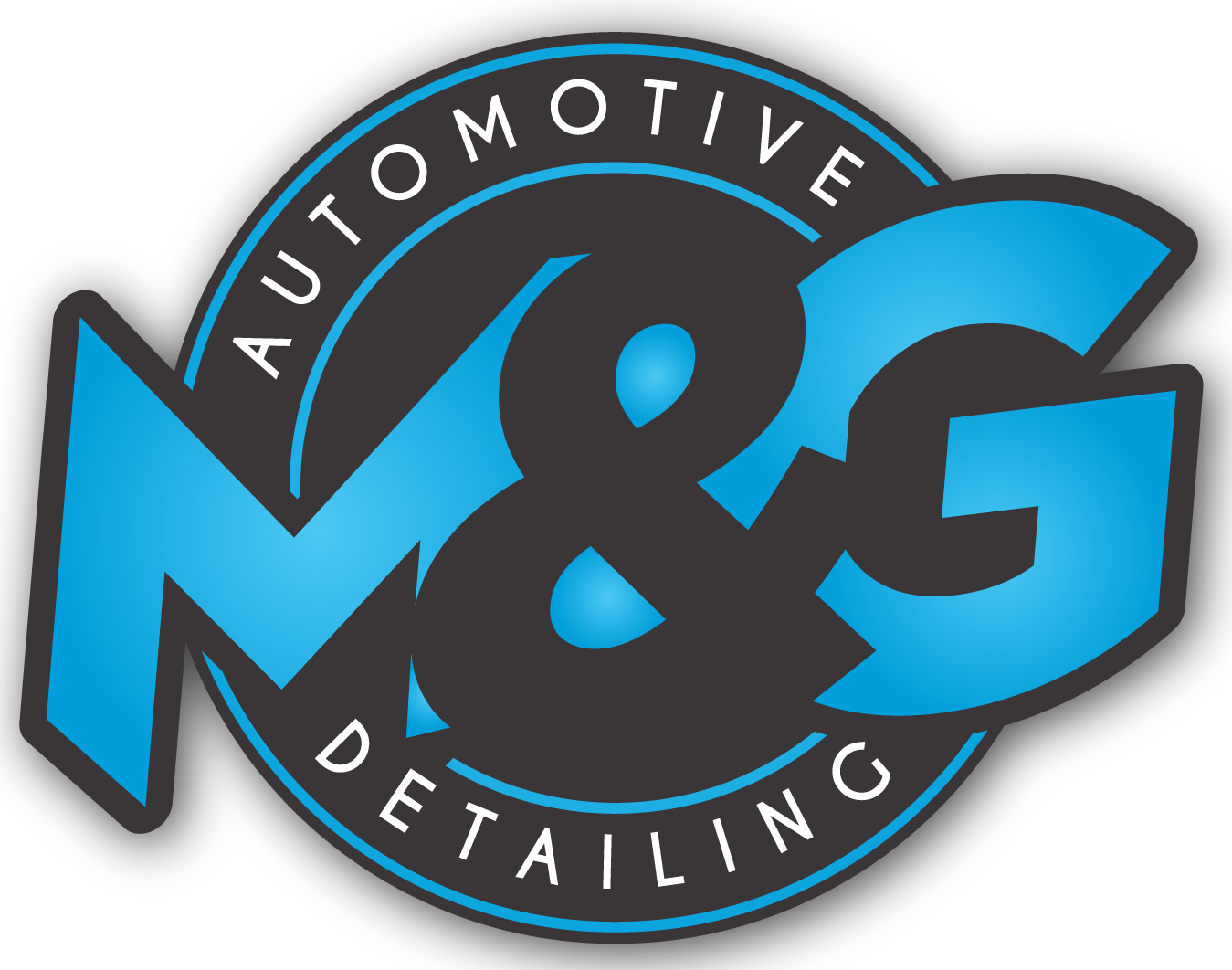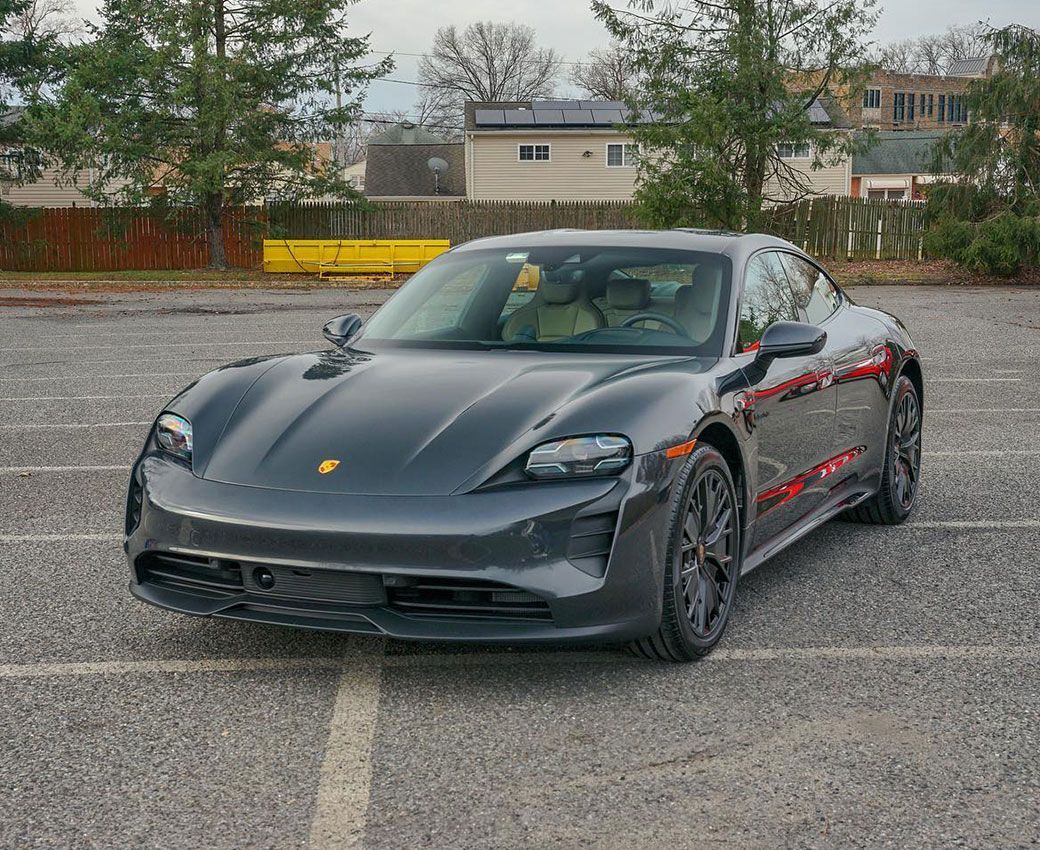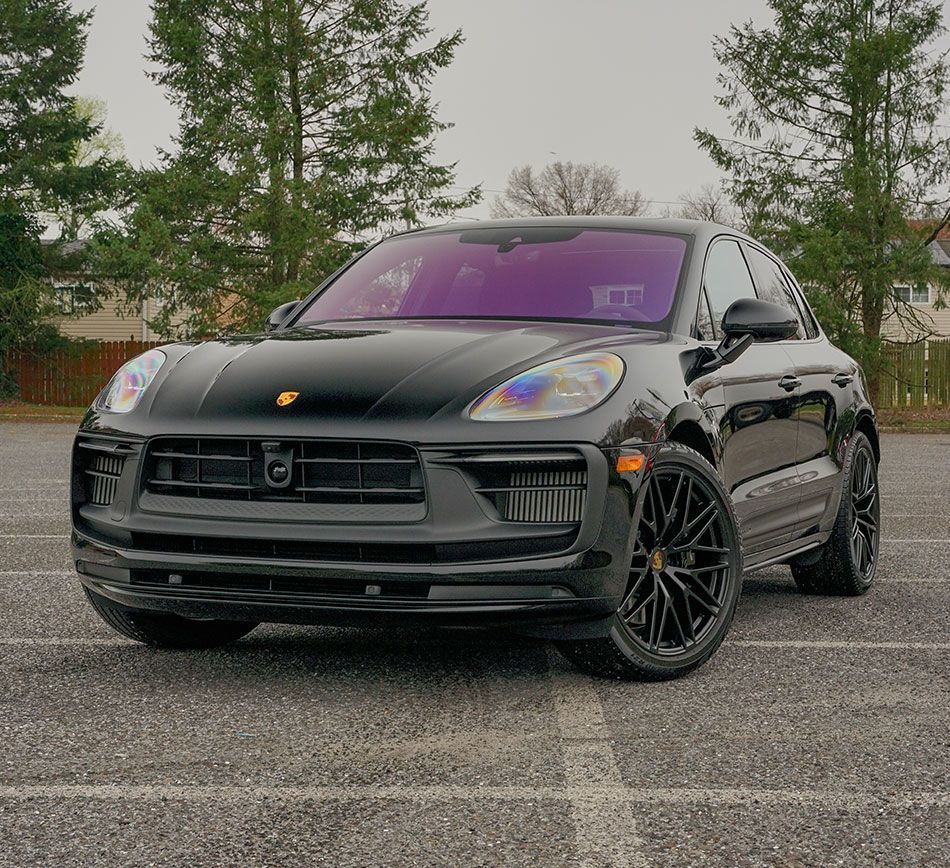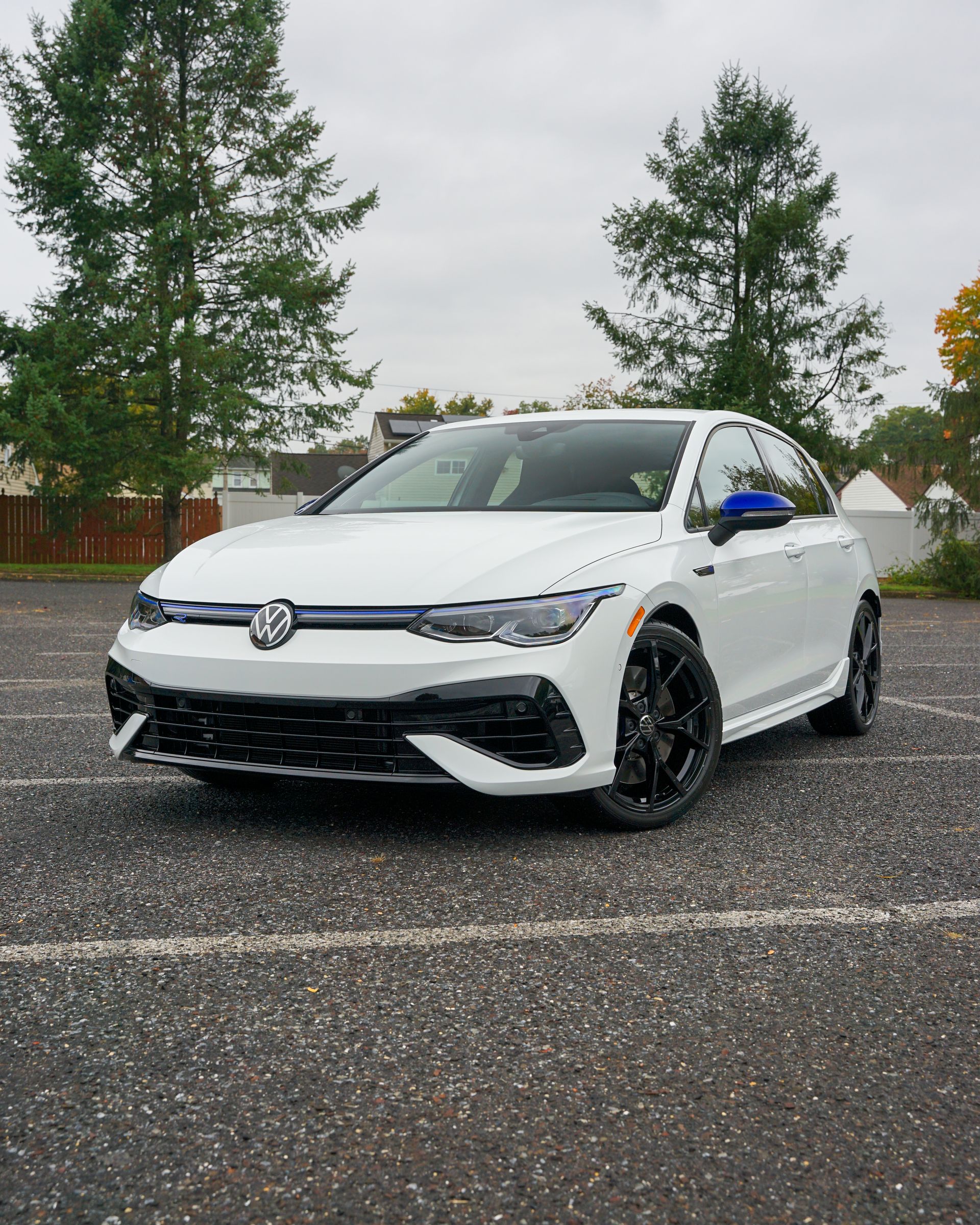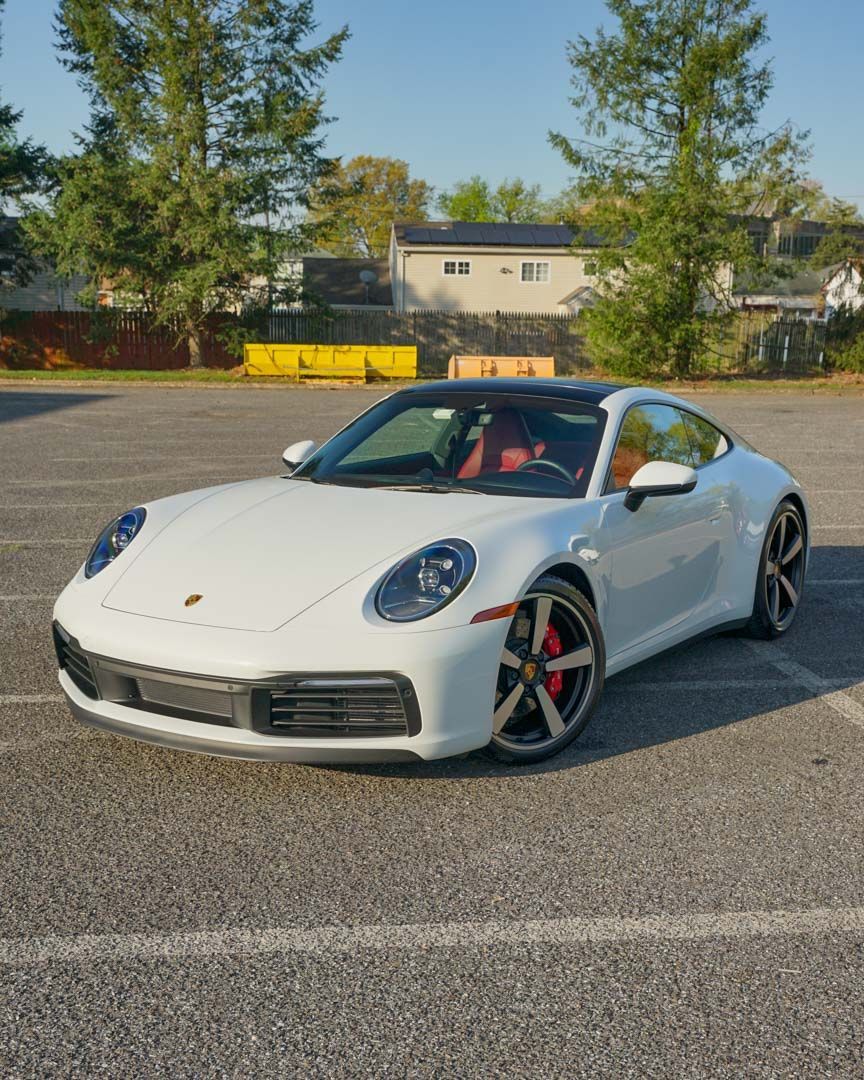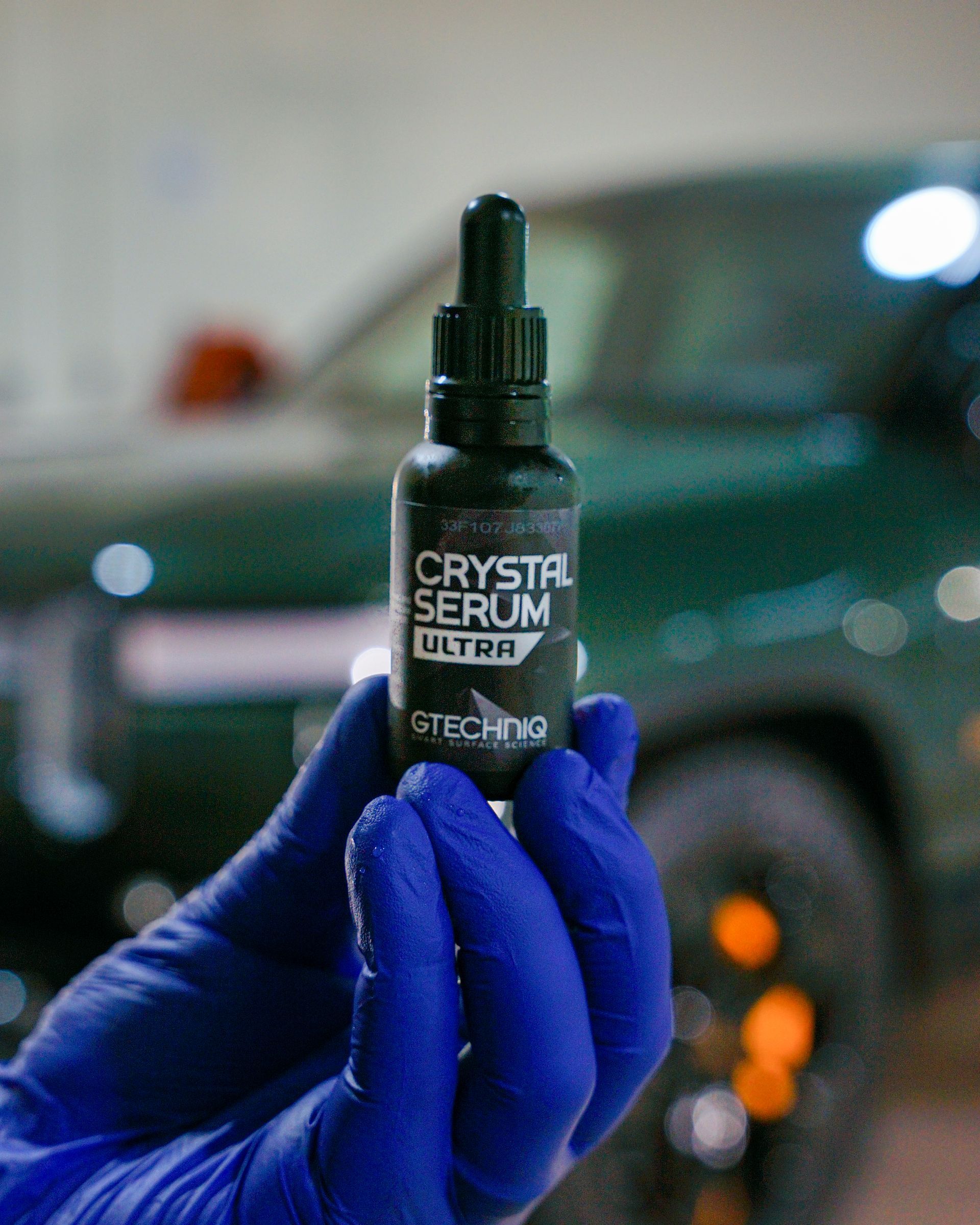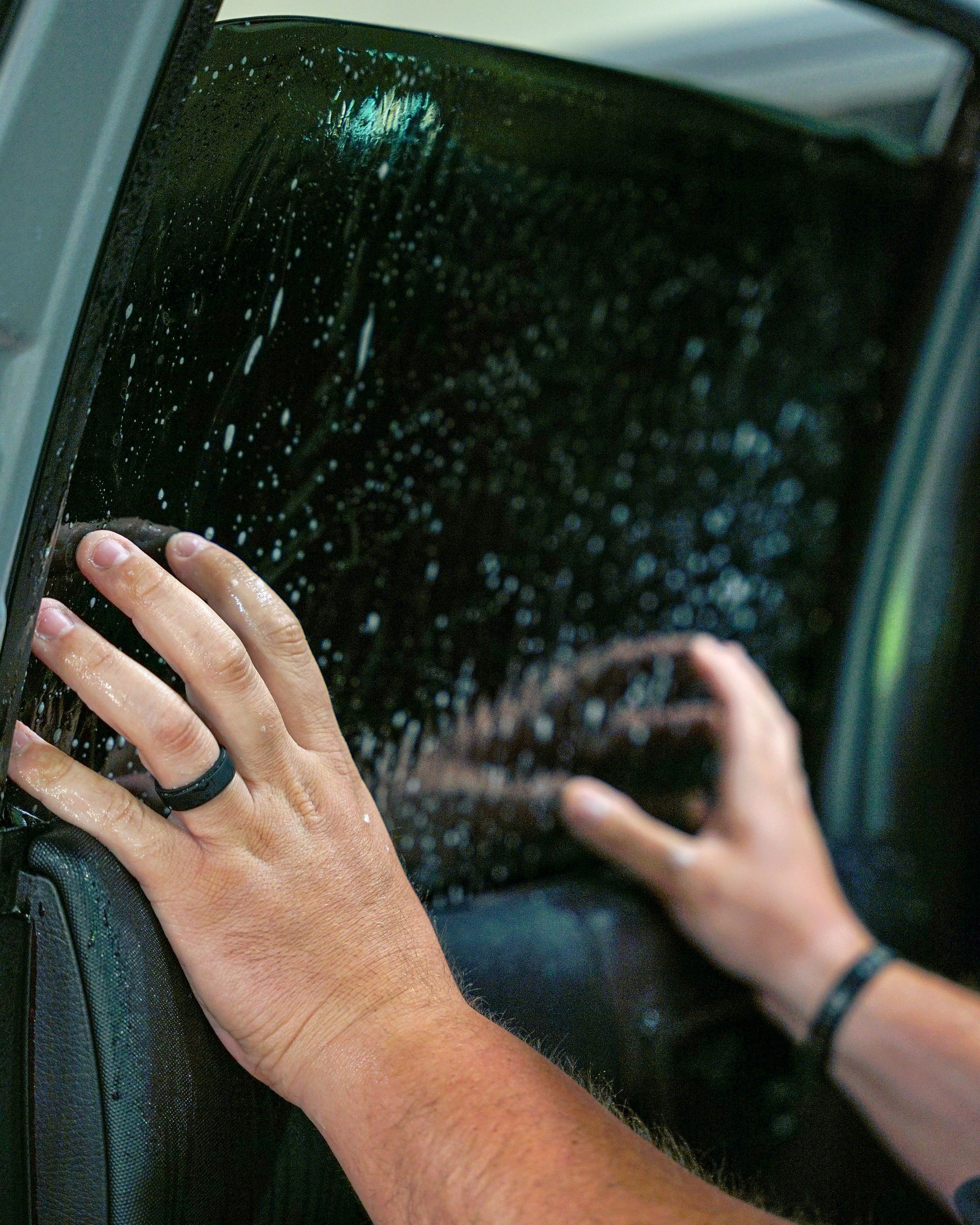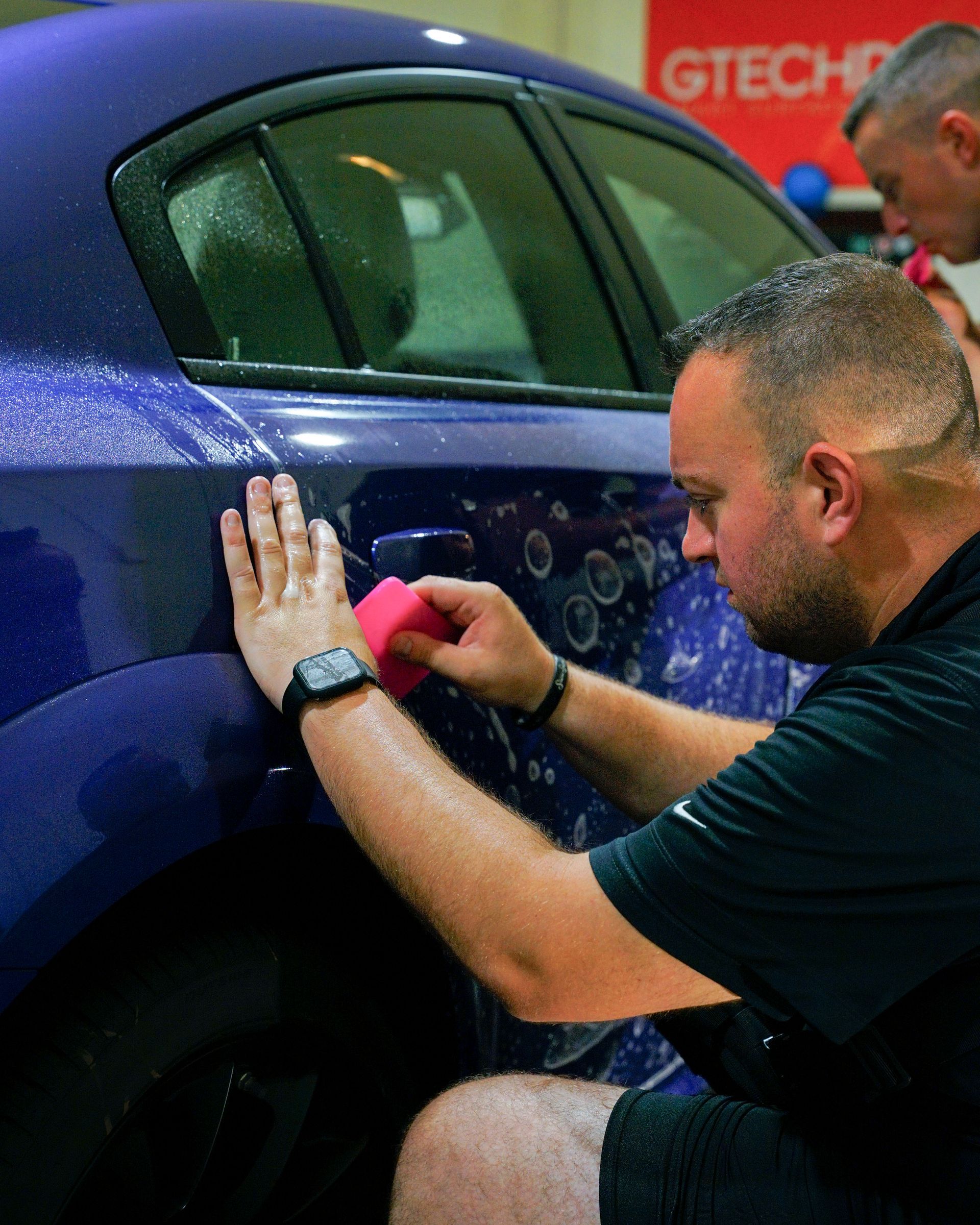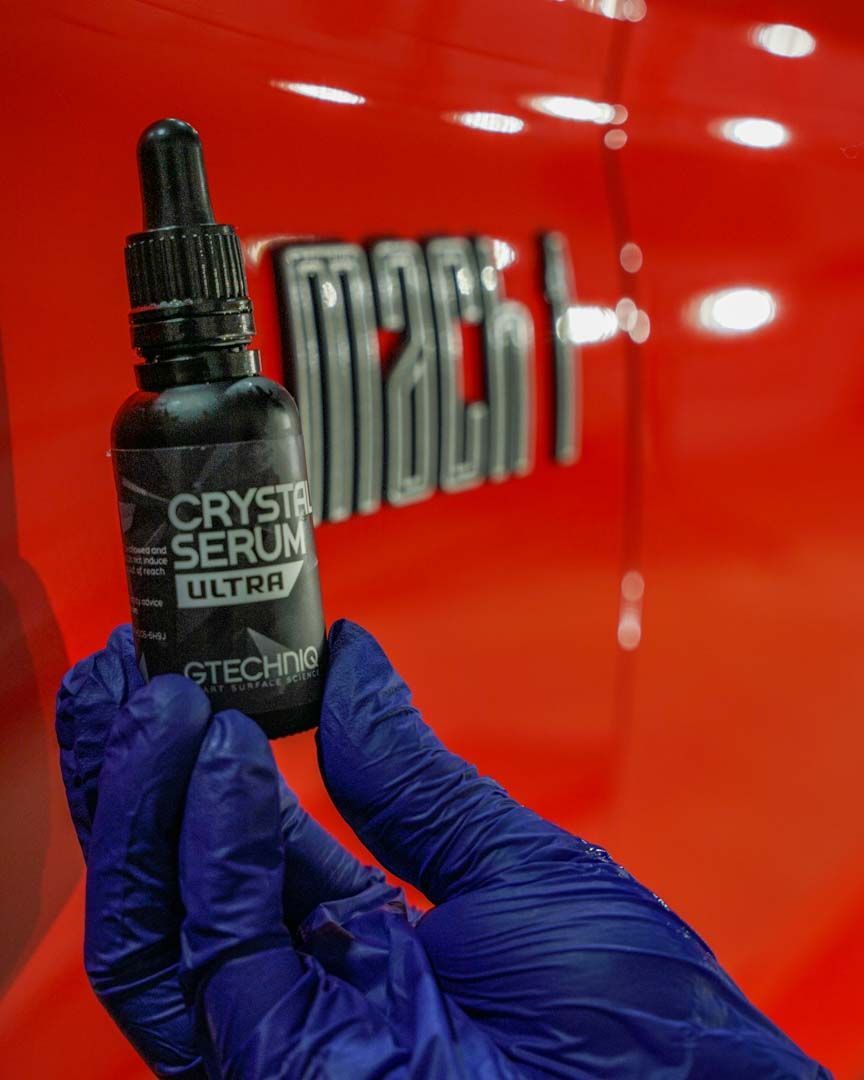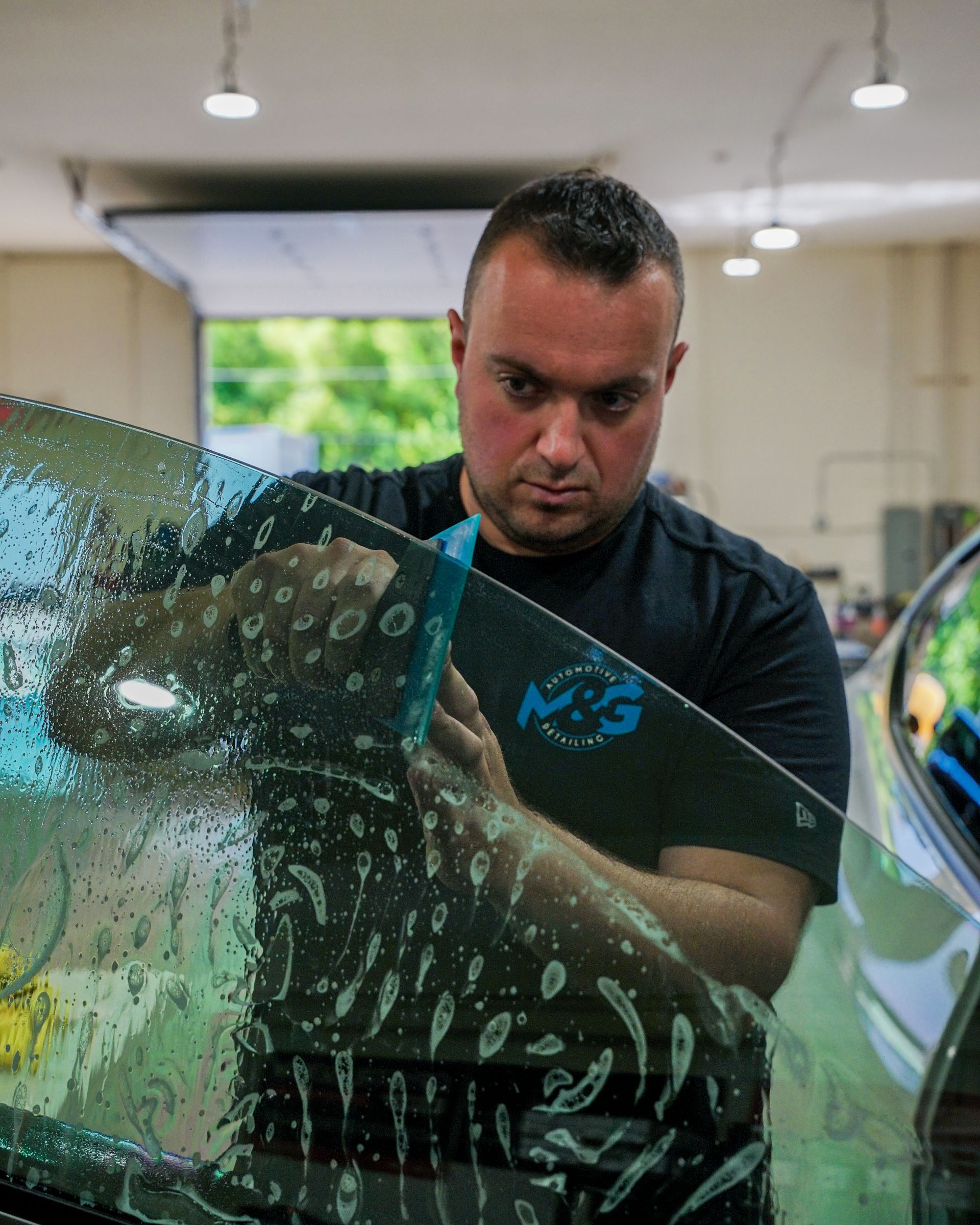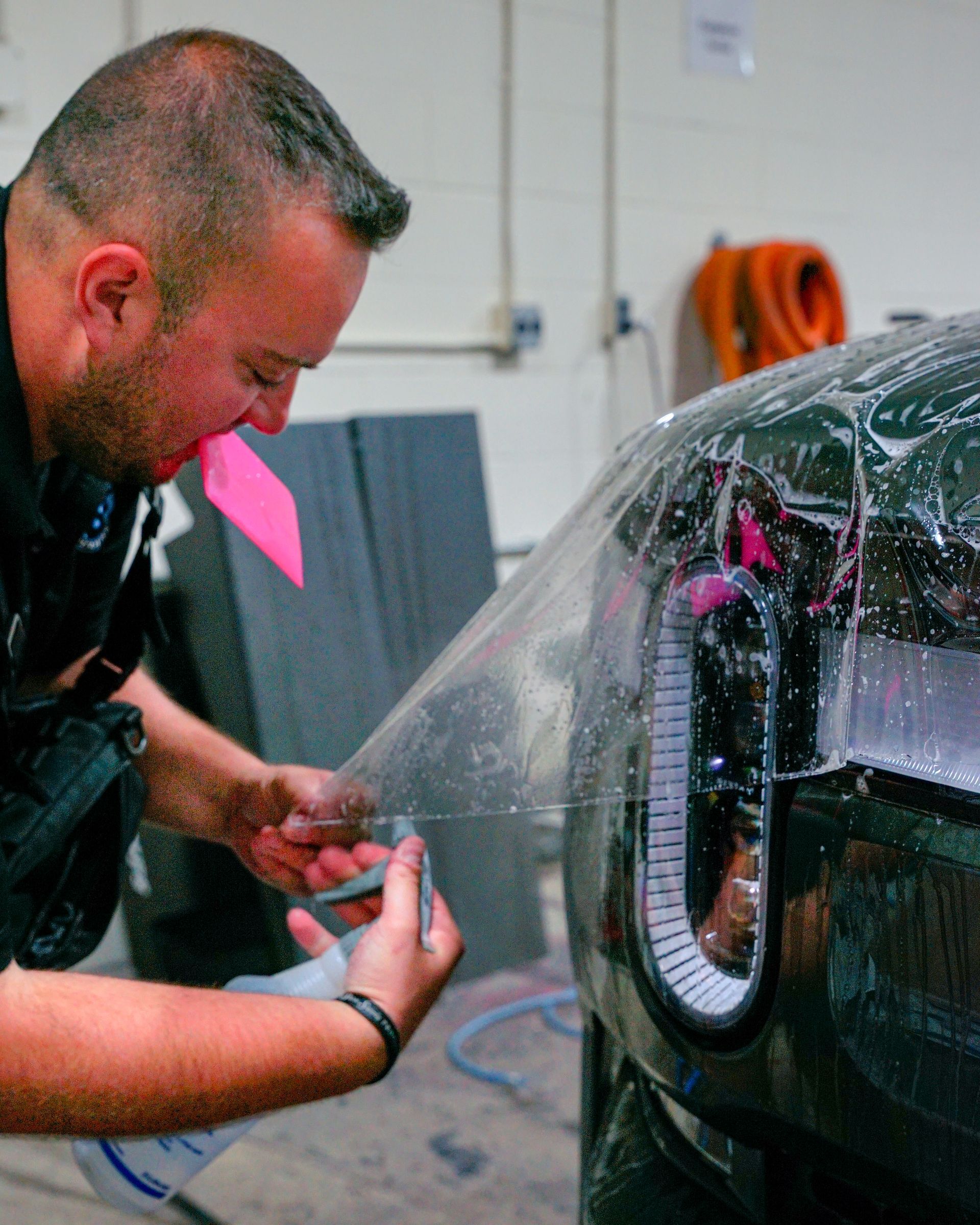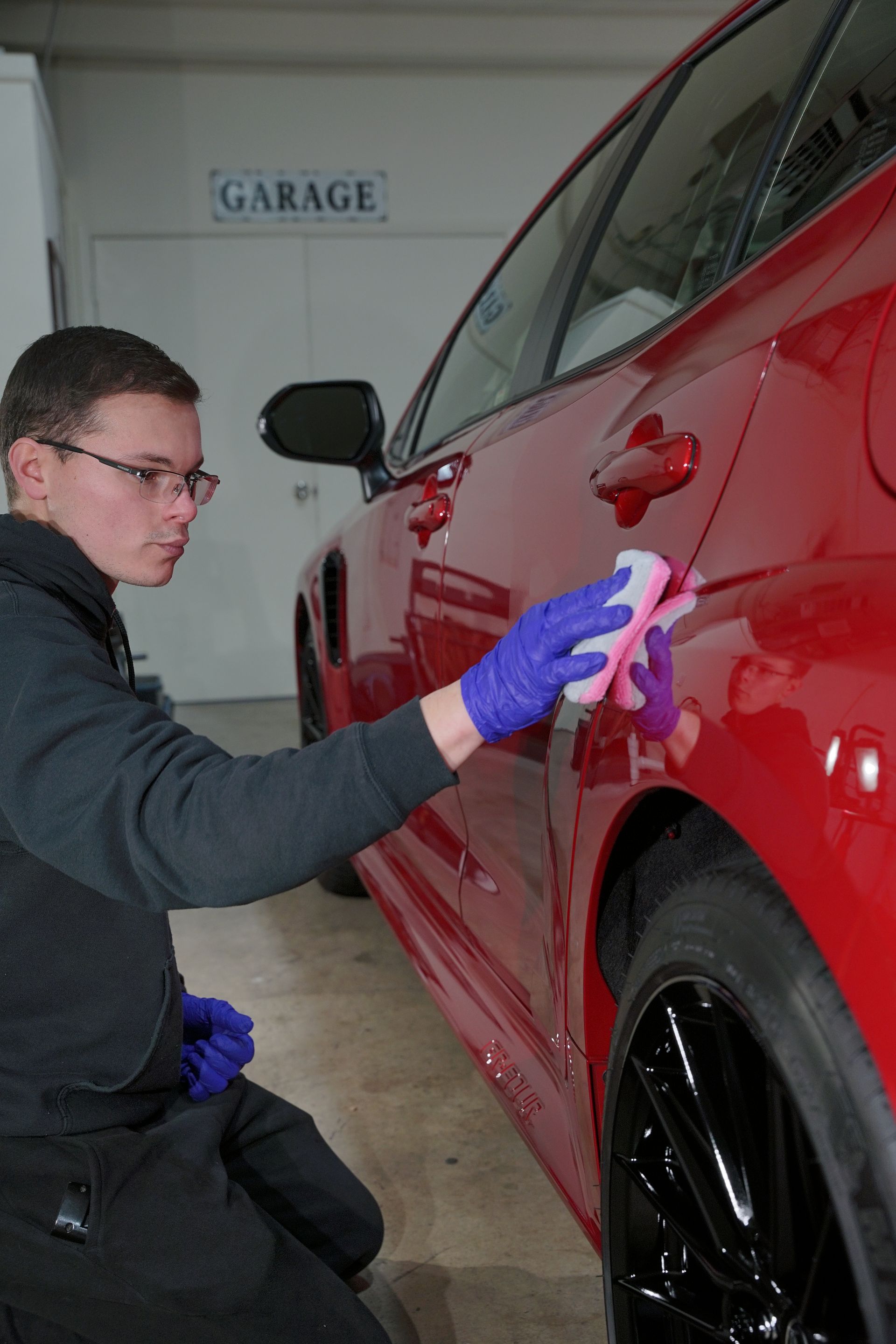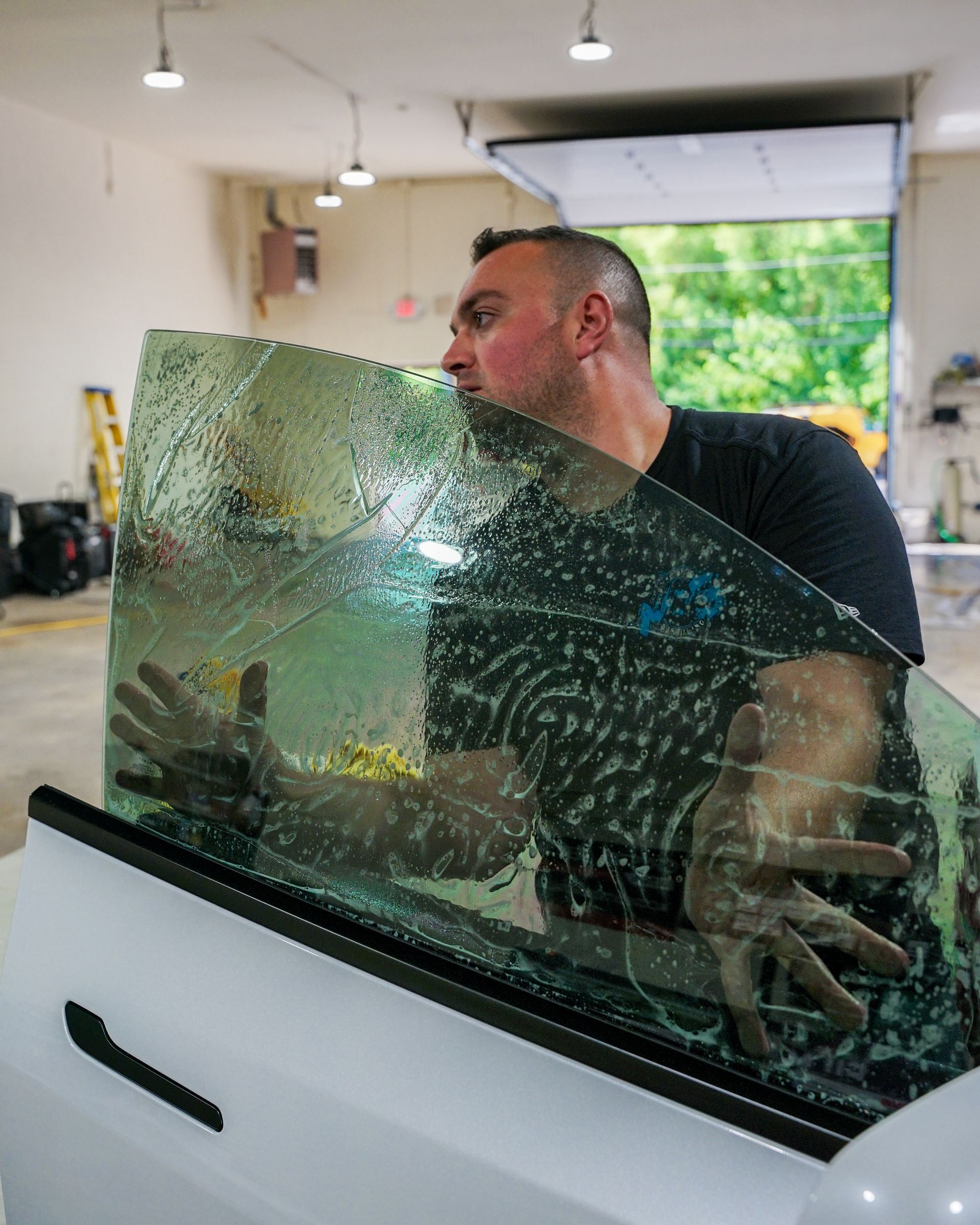PPF and Its Impact on Vehicle Maintenance Costs: Benefits and Protection
Imagine driving down the highway without a single worry about small pebbles chipping your car's paint or unsightly bird droppings baking into the hood under the sun. For many busy vehicle owners balancing work and family, minimizing these nuisances can feel almost impossible. This is where paint protection film comes in—a transparent shield that guards your car's exterior against everyday hazards.
Paint protection film can significantly reduce vehicle maintenance costs by safeguarding the paint from scratches, chips, and other damage, thereby minimizing the need for frequent touch-ups and repainting. The upfront investment in paint protection film can lead to long-term savings by preserving the car's appearance and resale value.
The Role of PPF on Car Maintenance
Paint protection film acts like a secret shield for your car. It's designed to safeguard your vehicle's paint from a range of damage, from annoying little scratches to harsh environmental exposures. Our cars endure a lot each day, constantly exposed to the sun, road debris, bird droppings, and even tiny rocks kicked up by other vehicles. All of these can cause visible damage to the paint job. That's where a paint protection film comes in. This transparent film serves as a barrier between your car's paint and the outside world, working tirelessly to preserve your car's appearance.
Reduced Frequency of Repairs and Cleanings
When it comes to maintaining your car's appearance, minimizing the need for touch-ups and deep cleanings is ideal. A paint protection film significantly reduces the frequency of these tasks. On average, cars with a paint protection film installed undergo fewer touch-ups and detailed cleanings compared to those without it. Since PPF provides an extra layer of protection, it shields your car from everyday wear and tear.
Long-Lasting Exterior Finish
A paint protection film not only supports your day-to-day car care routine but also serves as a preventative measure against long-term wear and tear. Our cars' exterior finishes can deteriorate over time due to exposure to the elements and unavoidable minor damages. With a paint protection film in place, you're ensuring that your car stands strong against physical depreciation.
By reducing the frequency of repairs and cleanings while providing a longer-lasting exterior finish, paint protection film plays an essential role in preserving your car's aesthetic appeal and increasing its longevity.
Benefits of PPF for Your Vehicle
When considering the investment in paint protection film for your vehicle, it's crucial to look beyond its primary function of protecting the paint. A paint protection film offers numerous advantages that can enhance the overall experience of owning and maintaining your car. One notable benefit is its ability to preserve the resale value of your vehicle by safeguarding its exterior condition, acting as a barrier against various forms of damage, such as scratches and chips. This ensures that your car maintains its pristine appearance, which is crucial when it comes time to sell or trade it in. High-quality paint protection film possesses self-healing properties, particularly evident in premium-grade films. This means that minor scratches and swirl marks can vanish with exposure to heat, resulting in a flawless finish. Surprisingly, this feature not only maintains your car's aesthetics but also saves you from the frustration and expense of getting minor imperfections corrected at an auto body shop.
In addition to protection and self-healing capabilities, a paint protection film provides outstanding clarity, allowing your car's original color and gloss to shine through. This ensures that even with this extra layer of protection, your vehicle maintains its factory-fresh appearance without any compromise in visual appeal. Such optical clarity guarantees that the car's unique color and sparkle remain unaltered over time. The benefits don't stop there. For busy car owners who lead hectic lives, PPF significantly reduces the time spent on routine cleaning and minor repairs. The film acts as a shield against environmental contaminants, making it easier to clean and maintain the exterior of your vehicle. Additionally, it minimizes the occurrence of minor cosmetic issues, sparing you from frequent trips to detailing shops or car washes for touch-ups.
Vehicles equipped with paint protection film have fetched higher prices compared to those without. This reiterates the impact of PPF on preserving not just the physical condition but also the perceived value of a vehicle in the resale market. By investing in paint protection film, you're not only protecting your car but also making a thoughtful decision with potential financial returns down the road. With these compelling benefits in mind, choosing a paint protection film for your vehicle is more than just an investment in protection—it's an investment in preserving your car's value and maintaining its impeccable appearance.
Cost Implications of PPF
When considering the cost implications of paint protection film, it's essential to examine the upfront investment and long-term savings associated with this protective measure. The initial cost of PPF installation can range from several hundred to a couple of thousand dollars, depending on the quality of the film, coverage area, and the specific size of the vehicle. A partial coverage might require an investment of around $1000, while a full vehicle wrap could exceed $2000.
But before these figures deter you, it's crucial to recognize that this upfront expense can result in substantial long-term savings by significantly reducing the need for frequent paint repairs and detailing services. Vehicles equipped with a high-quality paint protection film spend less on annual maintenance related to paint and surface repairs. This indicates that the initial investment in paint protection film can become a cost-effective option for maintaining your vehicle's appearance over time. Imagine this: Instead of having to deal with regular touch-ups and repairs due to paint chips, scratches, or fading caused by UV exposure, you're actively preventing these issues with PPF. This not only saves you money on frequent repairs but also preserves the resale value of your vehicle.
Moreover, higher-quality paint protection films offer better durability and clarity but come at a higher cost. It's important to note that the enhanced protection and longer lifespan of premium-grade paint protection film more than offset the initial investment. This means that while you may be paying more initially, you're receiving a superior product that provides greater longevity and reliability, ultimately translating to more significant savings in maintenance costs over time. Considering both the upfront investment and the long-term savings associated with paint protection film provides a comprehensive understanding of its cost implications.
Comparing PPF Installation Services
When it comes to getting paint protection film installed on your vehicle, it's essential to take a close look at the different installation services available. Several key factors can help you make an informed decision and ensure you get the best service for your money. Firstly, professional expertise is a critical factor. Certifications, training, and years of experience underline the skills of the installer. Certified installers are more likely to provide high-quality applications and may offer warranties or guarantees for their work. It's important to inquire about any certifications or special training that the installers have undergone, as this reflects their commitment to professionalism.
It's wise to check customer reviews and ratings on platforms like Yelp or Google Reviews. These provide valuable insights into the quality of the service provided by the installer. Reading about other customers' experiences can help you gauge how satisfied people have been with the installation service. Consider the warranty offerings provided by different installers. Typically, certified installers offer warranties ranging from 5 to 10 years, covering issues such as yellowing, bubbling, and peeling. These warranties reflect the confidence of the installer in their work and give you added peace of mind.
Additionally, it's beneficial to look for installers that offer pre-cut kits tailored to your specific car model. These pre-cut kits are designed to fit your vehicle precisely, ensuring a perfect application without requiring any cutting on the vehicle itself. This results in a cleaner and more professional-looking installation. Another option to consider is mobile installation services, which offer convenience by coming directly to you for the installation. While this is convenient, it's essential to ensure that mobile installers meet professional standards and have the necessary equipment and expertise for a quality application.
By carefully considering these factors, you can navigate through the abundance of paint protection film installation services available and make an informed decision that ensures your vehicle receives top-quality protection.
Long-Term Maintenance with PPF
Once you've committed to investing in paint protection film, understanding how to maintain it properly is essential for ensuring its longevity and continued benefits. With regular upkeep, PPF can offer reliable protection for over a decade, significantly reducing the risk of paint damage and maintaining the aesthetic appeal of your vehicle.
- Regular Washing and Stain Removal: One critical aspect of maintaining paint protection film is regular washing. Using mild detergents and a soft cloth or microfiber towel, you can gently clean the film without causing any damage. Avoiding harsh chemicals is crucial, as they can deteriorate the film's protective properties over time. Additionally, promptly removing bird droppings or any other stains prevents them from etching into the film and affecting its clarity.
- Periodic Inspections: Periodically inspecting the paint protection film for any signs of lifting, peeling, or damage is crucial. This proactive approach allows you to address any potential issues early on, preventing them from escalating and ensuring that the film continues to provide optimal protection. For instance, small edge lifts or imperfections might start to appear due to everyday wear and tear. Addressing these minor issues promptly by seeking professional repairs can prevent further damage, saving you from having to replace larger sections of the film in the future.
- Monthly Waxing: Many paint protection film manufacturers recommend monthly waxing using products specifically formulated for use with paint protection film. This routine maintenance not only helps preserve the film's protective qualities but also enhances its glossy appearance. The wax acts as an additional barrier against environmental elements, reinforcing the film's ability to shield against scratches, chips, and stains.
By following these meticulous maintenance steps and staying proactive in caring for your paint protection film, you can ensure that your investment continues to deliver significant benefits over an extended period. This commitment to upkeep will safeguard your vehicle's paint finish, preserving its resale value and aesthetic appeal for years to come.
Trusted PPF Service in Cherry Hill, NJ
Protect your vehicle with confidence by choosing M&G Automotive Detailing for expert
paint protection film services in Cherry Hill, NJ. Our experienced team provides reliable, high-quality PPF installations that safeguard your car’s paint from scratches, chips, and environmental damage. Schedule an appointment today to give your vehicle the superior protection it deserves and maintain its pristine condition for years to come. Call us at
(609) 923-3123 to get started!
